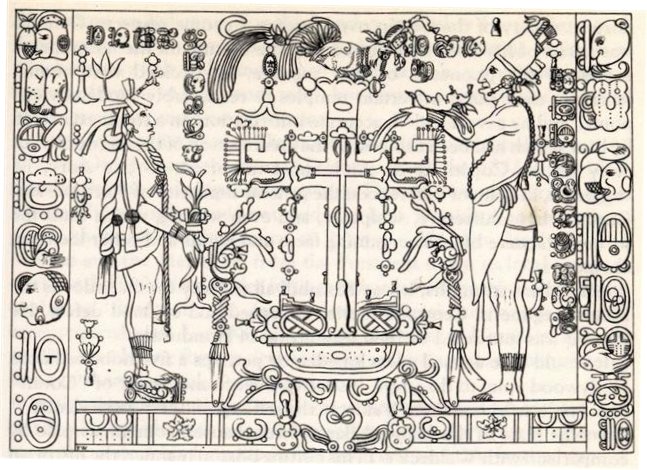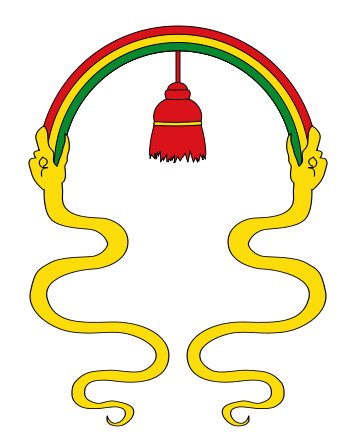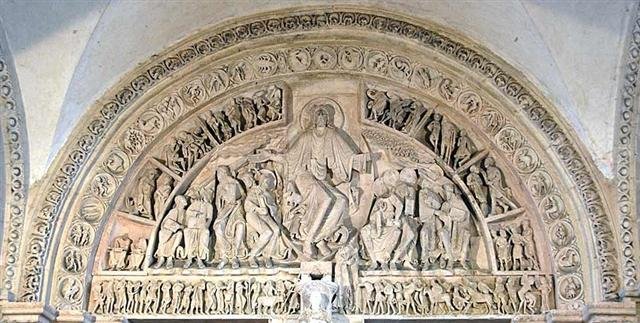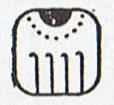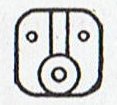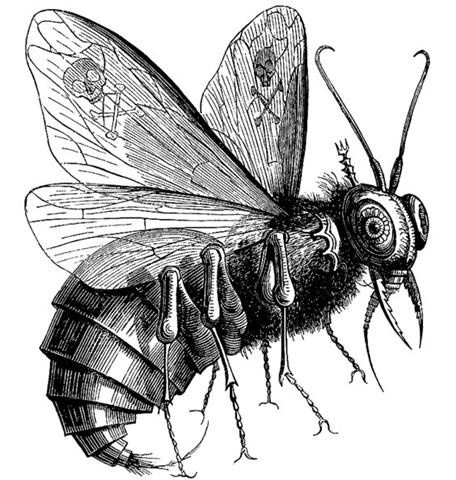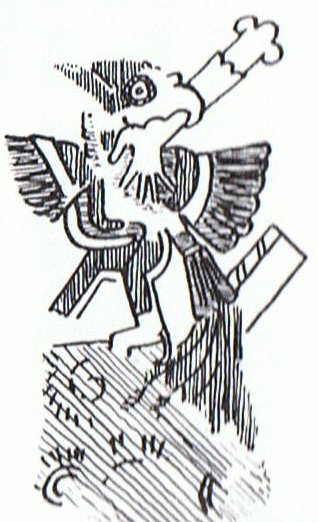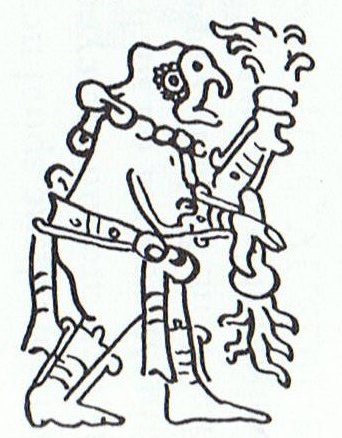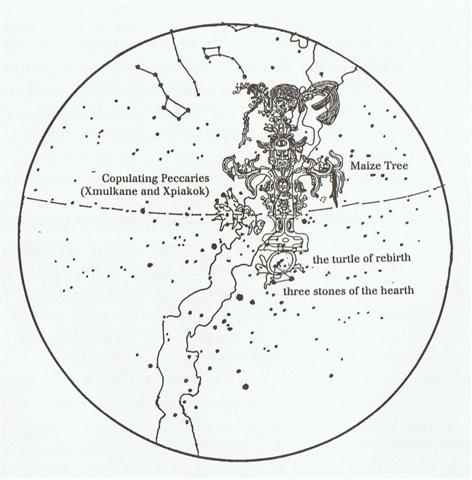There are always several possibilities to consider when dealing with number markers. 37 days for the Sea voyage of the Explorers could alternatively have been a way to point to the distance from the First Point of Aries (*27) to the Heart in the Scorpion (*64):
From Sheratan to Aldebaran there were 148 (May 28) - 107 (April 17) = 121 ('May 1) - 80 ('March 21) = 41 days. This distance was the same at the time of rongorongo as in Roman times, at the time of the First Point of Aries. The numbers in the structure of time did not change, because they were based on the positions of prominent fixed stars. Ultimately, though, there were some small and gradual changes which would destroy the beautiful whole (cosmos). ... Proclus informs us that the fox star nibbles continuously at the thong of the yoke which holds together heaven and earth; German folklore adds that when the fox succeeds, the world will come to its end. This fox star is no other than Alcor, the small star g near zeta Ursae Majoris (in India Arundati, the common wife of the Seven Rishis, alpha-eta Ursae ... The present creation, the Mayas were saying, came after Itzam-Yeh had been humiliated (brought down) by one of the Twins:
... This pot depicts one of the Hero Twins (One-Ahaw in the Classic texts and One-Hunaphu in the K'iche' Popol Vuh) and a great bird who is trying to land in a huge ceiba tree heavy with fruit. This mythical bird is Itzam-Yeh, Classic prototype of Wuqub-Kaqix, 'Seven-Macaw', of Popol Vuh fame. In that story, in the time before the sky was lifted up to make room for the light, the vainglorious Seven-Macaw imagined himself to be the sun. Offended by his pride, the Hero Twins humbled him by breaking his beautiful shining tooth with a pellet from their blowgun. This pot shows One-Ahaw aiming at the bird as he swoops down to land in his tree. As Itzam-Yeh lands on his perch, the text tells us he is 'entering or becoming the sky'. This particular 'sky-entering' is not the one mentioned in the Palenque text. It is the final event that occurred in the previous creation before the universe was remade. Before the sky could be raised and the real sun revealed in all its splendor, the Hero Twins had to put the false sun, Itzam-Yeh, in his place. If the date on this pot corresponds to that pre-Columbian event, as we believe it does, then Itzam-Yeh was defeated on 12.18.4.5.0 1 Ahaw 3 K'ank'in (May 28, 3149 B.C.). After the new universe was finally brought into existence, First Father also entered the sky by landing in the tree, just as Itzam-Yeh did ... We can conclude One-Ahau (= One-Hunaphu) was Aldebaran, because May 28 (= MARCH 25, 3-25) was implied to be his position. And the Council of Nicaea implied the same type of meaning - the destruction (pulling down) of the old system, this we can infer from the year the Council was said to have taken place - One cannot get away from the 'implex': ... When Julius Caesar established his calendar in 45 BC he set March 25 as the spring equinox. Since a Julian year (365.25 days) is slightly longer than an actual year the calendar drifted with respect to the equinox, such that the equinox was occurring on about 21 March in AD 300 and by AD 1500 it had reached 11 March. This drift induced Pope Gregory XIII to create a modern Gregorian calendar. The Pope wanted to restore the edicts concerning the date of Easter of the Council of Nicaea of AD 325 ... ... In the arabesque of interlaced motifs, one can mark those where the theme of 'pulling down the structure' is in evidence. The powerful Maori hero Whakatau [Haka-tau] bent on vengeance, laid hold of the end of the rope which had passed round the posts of the house, and, rushing out, pulled it with all his strength, and straightaway the house fell down, crushing all within it, so that the whole tribe perished, and Whakatau set it on fire. This is familiar. At least one such event comes down dimly from history. It happened to the earliest meetinghouse of the Pythagorean sect, and it is set down as a sober account of the outcome of a political conflict, but the legend of Pythagoras was so artfully constructed in early times out of prefabricated materials that doubt is allowable. The essence of true myth is to masquerade behind seemingly objective and everyday details borrowed from known circumstances. However that may be, in many other stories the destruction of the building is linked with a net. Saxo's Amlethus does not pull down pillars; he reappears at the banquet set by the king for his own supposed funeral, like Great-Land-Master himself. He throws the knotted carpet net prepared by his mother over the drunken crowd and burns down the hall. In Japan the parallel does not go farther than that but it has its own relevance nevertheless. It suggests the fall of the House of Atreus. The net thrown by Clytemnestra over the king struggling in his bath cannot have come in by chance. But this is an uncertain lead as yet. The Sacred Book of the ancient Maya Quiche, the famous Popol Vuh (the Book of Counsel) tells of Zipacna, son of Vucub-Caquix (= Seven Arata). He sees 400 youths dragging a huge log that they want as a ridgepole for their house. Zipacna alone carries the tree without effort to the spot where a hole has been dug for the post to support the ridgepole. The youths, jealous and afraid, try to kill Zipacna by crushing him in the hole, but he escapes and brings down the house on their heads. They are removed to the sky, in a 'group', and the Pleiades are called after them. Then there is a true avanger-of-his-father, the Tuamotuan Tahaki, who, after long travels, arrive in the dark at the house of the goblin band who tortured his father. He conjures upon them 'the immense cold of Havaiki' (the other world) which puts them to sleep. Then Tahaki gathered up the net given to him by Kuhi, and carried it to the door of the long house. He set fire to the house. When the goblin myriads shouted out together 'Where is the door?' Tahaki called out: 'Here is it.' They thought it was one of their own band who had called out, and so they rushed headlong into the net, and Tahaki burned them up in the fire. What the net could be is known from the story of Kaulu. This adventurous hero, wanting to destroy a she-cannibal, first flew up to Makalii the great god, and asked for his nets, the Pleiades and the Hyades, into which he entangled the evil one before he burned down her house. It is clear who was the owner of the nets up there. The Pleiades are in the right hand of Orion on the Farnese Globe, and they used to be called the 'lagobolion' (hare net). The Hyades were for big game ... His twin star at the other side of the sky surely was Antares, above at left with a water jug (I have reversed the original in order to have east at right). The spring air came in between sky and earth at heliacal Aldebaran and in autumn, at Antares, sky and earth were joined again through the benevolent rains. ... In South America the rainbow has a double meaning. On the one hand, as elsewhere, it announces the end of rain; on the other hand, it is considered to be responsible for diseases and various natural disasters. In its first capacity the rainbow effects a disjunction between the sky and the earth which previously were joined through the medium of rain. In the second capacity it replaces the normal beneficient conjunction by an abnormal, maleficient one - the one it brings about itself between sky and earth by taking the place of water ...
... But if the flow is perpetual, it still had a point of 'beginning' and this is found in the Bhagavata Purana (Wilson, p. 138, n. 11): 'The river flowed over the great toe of Vishnu's left foot, which had previously, as he lifted it up, made a fissure in the shell of the mundane egg, and thus gave entrance to the heavenly stream.' How can the Milky Way pour its waters over Polaris? And how can it flow to the four quarters of the earth? Indian diagrams remained fanciful, in the same way as Western medieval ones. It takes some time for one who looks at the great tympanon at Vézelay to realize there is a space-time diagram, as it were, of world history centered on the figure of Christ. The effect is all the greater for the transpositions.
It was not wholly absurd, either, for archaic cosmology to have double locations, one, for instance, on the ecliptic and one circumpolar. If Tezcatlipoca drilled fire at the pole to 'kindle new stars', if the Chinese Saturn had his seat there too, so could Vishnu's toe have bilocation: one 'above' in the third region, the other in beta Orionis-Rigel (the Arabian word for 'foot'), the 'source' of Eridanus. (And might not Rigel-the-source stand also for Oervandil's Toe, catasterized by Thor?) For Rigel marked the way to Hades in the tradition of the Maori of New Zealand as well as in the Book of Hermes Trismegistos ... ... Fanciful, assuredly, but neither the Milky Way nor the terrestrial Ganges offered any basis for the imagery of a river flowing to the four quarters of the earth 'for the purification of the three worlds'. One cannot get away from the 'implex' and it is now necessary to consider the tale of a new skeleton map, alias skambha: the equinoctial colure had shifted to a position where it ran through stars of Auriga and through Rigel. Skambha, as we have said, was the World Tree consisting mostly of celestial coordinates, a kind of wildly imaginative armillary sphere. It all had to shift when one coordinate shifted ...
Thus dawn broke, according to the new cosmic order, when Aldebaran evidently marked the beginning of the northern spring. His twin brother was at the opposite side of the sky and on Easter Island Antares could therefore be used for marking the beginning of the southern spring.
In between was Sirius who was standing as a pillar in the central position, always in day 181 (and 'as it happened' at the time of rongorongo: 37 days after the night when the Heart of the Scorpion was at the Full Moon). 181 - 144 (= 12 * 12) = 37. ... the Little Eyes are Matariki, and at one time but a single star, so bright that their god Tane in envy got hold of Aumea, our Aldebaran, and, accompanied by Mere, our Sirius, chased the offender, who took refuge in a stream. Mere, however, drained off the water, and Tane hurled Aumea at the fugitive, breaking him into the six pieces that we now see, whence the native name for the fragments, Tauono, the Six ... Probably the myth of the Fall of Phaeton corresponded to the Fall of Itzam-Yeh: ... In the story of Phaëton, which is another name for Helius himself (Homer, Iliad xi. 735 and Odyssey v. 479), an instructive fable has been grafted on the chariot allegory, the moral being that fathers should not spoil their sons by listening to female advice. This fable, however, is not quite so simple as it seems: it has a mythic importance in its reference to the annual sacrifice of a royal prince, on the one day reckoned as belonging to the terrestrial, but not to the sidereal year, namely that which followed the shortest day. The sacred king pretended to die at sunset; the boy interrex was at once invested with his titles, dignities, and sacred implements, married to the queen, and killed twenty-four hours later: in Thrace, torn to pieces by women disguised as horses ... but at Corinth, and elsewhere, dragged at the tail of a sun-chariot drawn by maddened horses, until he was crushed to death. Thereupon the old king reappeared from the tomb where he had been hiding ... as the boy's successor ... ... And there is little doubt, in fact none, that Phaethon (in the strange transformation scenes of successive ages) came to be understood as Saturn. There is the testimony of Erastosthenes' Catasterisms, according to which the planet Saturn was Phaethon who fell from the chariot into Eridanus, and Stephanus of Byzantium calls Phaethon a Titan ...
... 'From now on', said Father Sun, grieving over Phaeton, his fallen child, 'you shall be Mink'. What meaning can this have for us? For such an understanding between men and men, and other living creatures too, we would need the kind of help King Arthur had at hand: 'Gwryr Interpreter of Tongues, it is meet that thou escort us on this quest. All tongues hast thou, and then canst speak all languages of men, with some of the birds and beasts.' This ability was also attributed to Merlin and Gwyon, those masters of cosmological wisdom whose names resound through the legends of the Middle Ages. In general, all fabulous communication was conceived as having such a range, not merely the Aesopian fable with is flat, all-too-wordly wisdom ...
... The Pythagoreans make Phaeton fall into Eridanus, burning part of its water, and glowing still at the time when the Argonauts passed by. Ovid stated that since the fall the Nile hides its sources. Rigveda 9.73.3 says that the Great Varuna has hidden the ocean. The Mahabharata tells in its own style why the 'heavenly Ganga' had to be brought down. At the end of the Golden Age (Krita Yuga) a class of Asura who had fought against the 'gods' hid themselves in the ocean where the gods could not reach them, and planned to overthrow the government. So the gods implored Agastya (Canopus, alpha Carinae = Eridu) for help. The great Rishi did as he was bidden, drank up the water of the ocean, and thus laid bare the enemies, who were then slain by the gods. But now, there was no ocean anymore! Implored by the gods to fill the sea again, the Holy One replied: 'That water in sooth hath been digested by me. Some other expedient, therefore, must be thought of by you, if ye desire to make endeavour to fill the ocean ...
... But Osiris's evil brother, Set, whose sister-wife was the goddess Nephtys, was mortally jealous both of his virtue and of his fame, and so, stealthily taking the measure of his good brother's body, he caused a beautifully decorated sarcophagus to be fashioned and on a certain occasion in the palace, when all were drinking and making merry, had it brought into the room and jestingly promised to give it to the one whom it should fit exactly. All tried, but, like the glass slipper of Cinderella, it fitted but one; and when Osiris, the last, laid himself within it, immediately a company of seventy-two conspirators with whom Set had contrived his plot dashed forward, nailed the lid upon the sarcophagus, soldered it with molten lead, and flung it into the Nile, down which it floated to the sea ...
|
|||||||||||||||||||||||||||||||||||||||||||||||||||||||||||||||||||||||||||||||||||||||||||||||||||||||||||||||||||||||||||||||||||||||||||||||||||||||||||||||||








